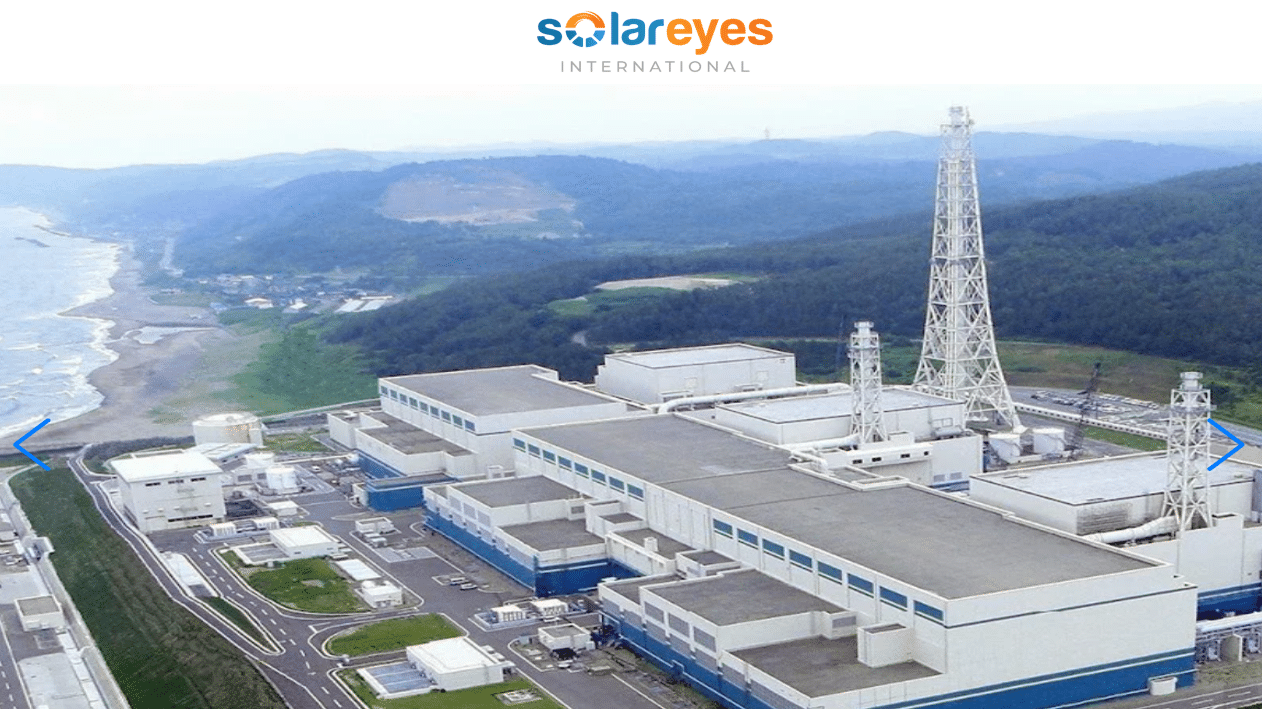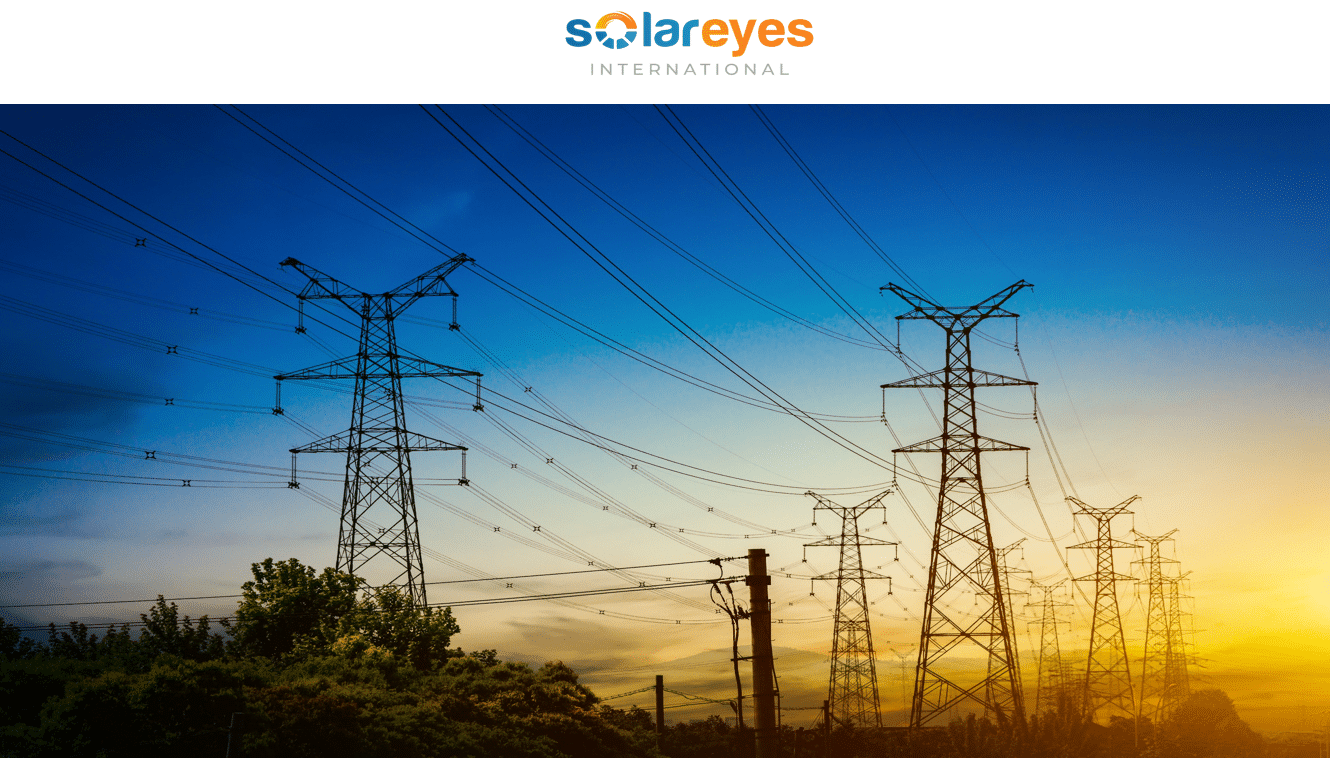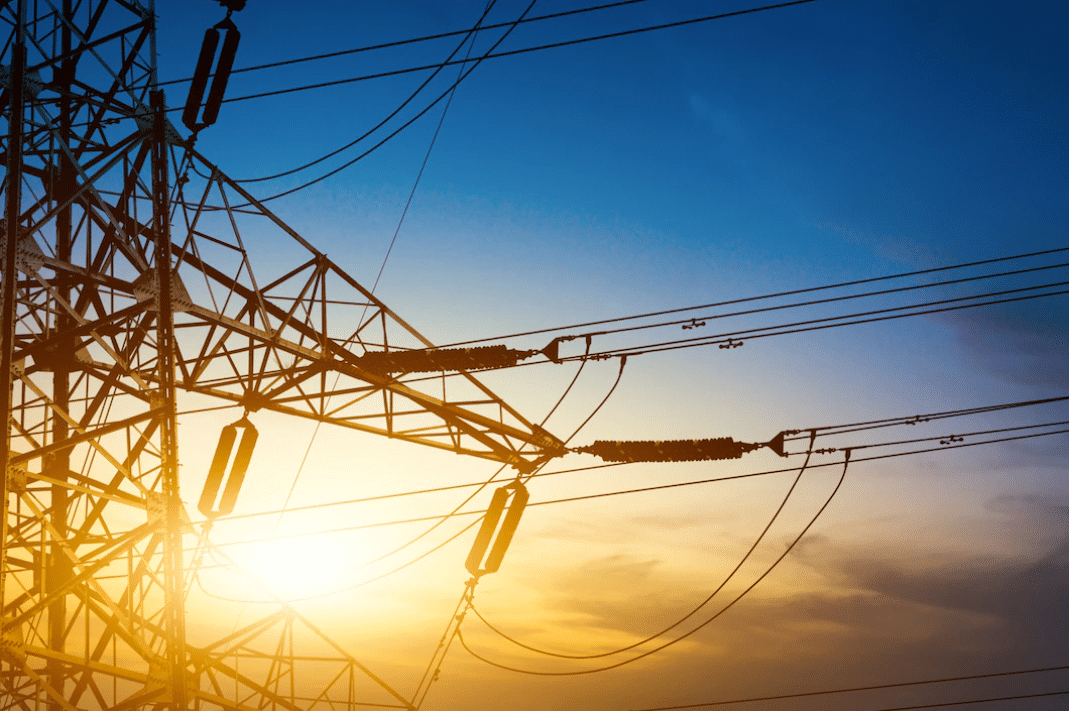Nuclear energy status and leading countries in nuclear energy generation

Nuclear energy status and leading countries in nuclear energy generation
As the global energy landscape evolves, the quest for cleaner and more sustainable energy sources has gained significant momentum. Among the contenders, nuclear power plants have emerged as a prominent option, offering several advantages over traditional fossil fuels. This article explores the differences between nuclear power, wind, and solar energy, emphasizing the cleanliness and efficiency of nuclear power and its ability to surpass fossil fuels in terms of environmental impact.
Nuclear power plants harness the energy produced by nuclear reactions to generate electricity. Unlike wind and solar, which depend on weather conditions, nuclear power is not influenced by the variability of nature. It provides a reliable and consistent energy source, capable of meeting the demands of a modern society. One of the most compelling aspects of nuclear power is its low greenhouse gas emissions. While wind and solar energy systems produce electricity without carbon dioxide (CO2) emissions, nuclear power plants emit virtually no CO2 during their operation. The only emissions related to nuclear power arise from the mining and transportation of fuel, construction activities, and waste management. These emissions, however, are significantly lower than those generated by fossil fuel-based power plants.
Nuclear energy stands head and shoulders above fossil fuels in terms of environmental impact. Fossil fuel power plants release large quantities of CO2, contributing to climate change and air pollution. Moreover, they generate various pollutants, such as sulfur dioxide, nitrogen oxides, and particulate matter, which have detrimental effects on human health and ecosystems. In contrast, nuclear power plants do not emit such pollutants, thereby mitigating air pollution and its associated health risks. Furthermore, the land footprint of a nuclear power plant is relatively small compared to wind and solar farms. While wind and solar installations require vast expanses of land, nuclear power plants can generate a significant amount of electricity within a compact facility. This makes nuclear power an attractive option for countries with limited land resources.
Empowering Solar energy: The Potential of Blockchain Technology
Safety concerns surrounding nuclear power plants often arise due to accidents such as Chernobyl and Fukushima. However, it is crucial to note that these incidents were the result of outdated reactor designs or natural disasters. Modern nuclear reactors incorporate advanced safety features and stringent regulations, significantly reducing the risks associated with nuclear energy. Addressing the issue of nuclear waste, it is true that radioactive waste requires careful management. However, advanced technologies and ongoing research aim to develop more efficient waste disposal methods, such as advanced reprocessing and storage techniques. Compared to the emissions and waste generated by fossil fuel plants, the management of nuclear waste remains a more contained and manageable challenge.
Leading countries in nuclear energy generation
The nuclear energy generation status of three countries that dominate the list is as follows:
- USA: The United States has the largest nuclear energy generation capacity, with 91.5GW produced by 93 reactors across 30 states. Nuclear power currently accounts for 20% of the country’s total electricity consumption. The US has been shifting towards more reliance on coal and gas for power production, but there are plans for the construction of two additional reactors in Georgia as part of the Vogtle project.
- France: France generates a significant share of its electricity from nuclear sources, with 63.1GW produced by 56 operational reactors. Approximately two-thirds of the country’s electricity comes from nuclear energy, and in 2020, these reactors generated 338.7TWh of electricity. France aims to continue building more reactors in the future as part of its goal to decarbonize power generation by 2050.
- China: China ranks third in terms of nuclear energy generation, with a net installed capacity of 50.8GW from 51 nuclear reactors. China has ambitious plans to expand its nuclear power system, with 18 reactors under construction that would generate an additional 17.2GW. The country also has plans to build 39 more nuclear reactors with a combined gross capacity of 43GW, further bolstering its nuclear energy production capacity.
Another example of a country that is continuing its investments in this area is Canada. A Canadian utility is commencing work on expanding a nuclear power plant, aiming to construct the largest facility globally due to the growing demand for clean energy, which has sparked interest in nuclear power. The Ontario government announced that Bruce Power will conduct an environmental assessment to potentially add up to 4.8 gigawatts of capacity to its existing plant, located in Canada’s most populous province.
Top 10 Most Paying Renewable Energy Jobs for 2023: Get yourself a winning profile
Currently, the plant’s eight reactors have a capacity of about 6.2 gigawatts, providing 30 percent of the province’s power. If the expansion proceeds, the facility would surpass Japan’s Kashiwazaki-Kariwa plant, currently the world’s largest with seven reactors and over 8 gigawatts of capacity. This development reflects the increasing recognition that nuclear power, which is carbon-free, is expected to play a crucial role in the global fight against climate change. Canada is actively working on plans to achieve a net-zero power grid by 2035, and the expansion of the Bruce Power plant would mark the first traditional nuclear facility built in the province in 30 years. Additionally, another utility in the region, Ontario Power Generation, is involved in efforts to develop an innovative type of advanced reactor. Todd Smith, Ontario’s energy minister, emphasized the significance of new nuclear generation in constructing a clean grid for the future.
Conclusion
Nuclear power plants offer a viable solution to the growing energy demands of our world while significantly reducing greenhouse gas emissions and environmental pollution compared to fossil fuels.. With ongoing advancements in technology, safety measures, and waste management, nuclear power continues to evolve as a crucial component of the clean energy mix, helping us build a sustainable future.
***********************************************************************
This article was written by Shqipe Asani who is a SolarEyes Contributor. More information about SolarEyes Contributors can be found on this link: https://solareyesinternational.com/solareyes-international-contributors/
***********************************************************************
FOLLOW US ON SOCIAL MEDIA
Follow us on LINKEDIN, FACEBOOK, TELEGRAM GROUP and WHATSAPP.
*** ALSO CHECK: HOW TO SIZE A SOLAR SYSTEM – 5 clear steps anyone can follow
HOW TO START A SOLAR COMPANY – do these 6 things and make money through solar
How to Identify Fake Solar Products
SOLAR PANEL LOSSES: All you Need to Know + Tips on how to avoid them






